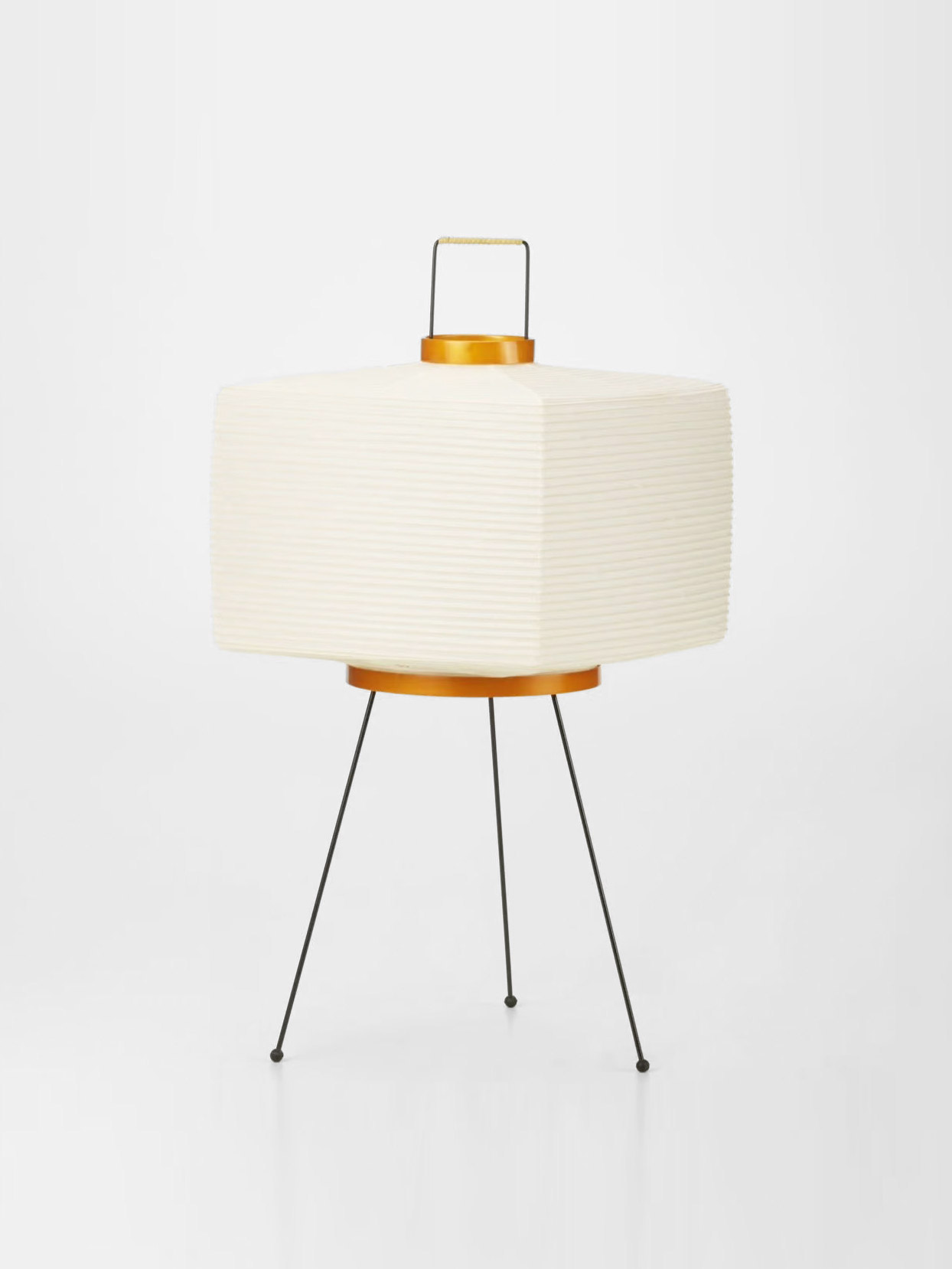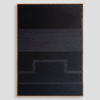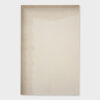In the world of furniture design, there are a few pieces that have achieved the status of design icons thanks to their form, aesthetics, and function. The Akari lamps by the American-Japanese artist and designer Isamu Noguchi (1904 – 1988) have achieved this status. They stand for the fusion of traditional craftsmanship with modern design.
Isamu Noguchi is one of the most influential artists and designers of the 20th century. His extensive work spans sculpture, public art, stage design, and furniture design. The Akari lamps are among his most famous designs and are an outstanding example of how Noguchi blended the boundaries between art and design.
Encounter with the Chochin lanterns

During a trip to the Japanese city of Gifu in 1951, which is famous for its traditional “Chochin” lanterns, Noguchi got to know a community of artisans. Once leading, the local lantern manufacturing in Gifu had significantly declined due to cheap imports and the shift of production during World War II. The mayor of Gifu asked for help to revive the once-thriving industry.1
Noguchi saw the potential to create a contemporary version of these lamps. Impressed by the tactility and transparency of the used Washi paper, a high-quality paper made from mulberry bark, and the technique with which the lanterns were made, Noguchi began to design a series of lamps in collaboration with the artisans.
He replaced the traditional candles in the lamps with light bulbs and named them “Akari” – which means “light” in Japanese. However, it is often used metaphorically for weightlessness, or to describe a sense of comfort. This name perfectly reflects the essence of the lamps. The light that shines through the paper creates a soft, soothing glow that atmospherically illuminates the space. Or as Noguchi so eloquently put it: “The magic of the paper transforms the cool electricity back into the eternal light of the sun. So that its warmth can continue to fill our rooms at night.” In the following years, he designed over 100 different models in various sizes and shapes.
Precise craftsmanship
Every lamp is still crafted with the utmost care and precision at the Ozeki & Co. manufacturer in Gifu to this day. Initially, a wooden original mold is created, serving as the base for the design of the lampshade. Then, bamboo sticks are stretched over this shape to form the skeleton of the shade. Subsequently, the paper is cut and meticulously glued around the bamboo frame. Only after the glue has dried, the wooden mold is removed, revealing the Akari lamp in its final form. The finished lampshade can now be folded flat, making it easier to transport and store. Have a look at this video from Vitra, which shows the manufacturing process of the Akari lights.
Any material, any idea without hindrance born into space, I consider sculpture.
Isamu Noguchi
In the late 1950s, Isamu Noguchi was increasingly confronted with the problem that there were many imitations of Akari lamps. The handmade lamps were in stark contrast to the cheap copies on the market. But despite higher prices due to import, shipping, material, and labor costs, Noguchi managed to sell the lamps to renowned dealers of the time.1
The logo, which he designed as part of the marketing, is a combination of a stylized sun and moon, reminiscent of the Japanese character for “brightness” (明). The symbol originally adorned the first packaging of Akari lamps. It was also attached to the base of each lantern as a red seal stamp. Today, the symbol is mainly used to guarantee the authenticity of the lamps.2
Despite their simple and reduced design language, each Akari has its own character and bears Noguchi’s unmistakable signature. That is what makes them so timeless. These lamps are more than decorative objects; they are an expression of Noguchi’s philosophy that art should not only be viewed but also experienced in everyday life.
For more information about Noguchi and his multifaceted work, make sure to visit the website of the Isamu Noguchi Museum. They do a great job of promoting appreciation for his art and legacy!
And if you want to purchase one of the Akari Lamps, you can do this via Vitra!


